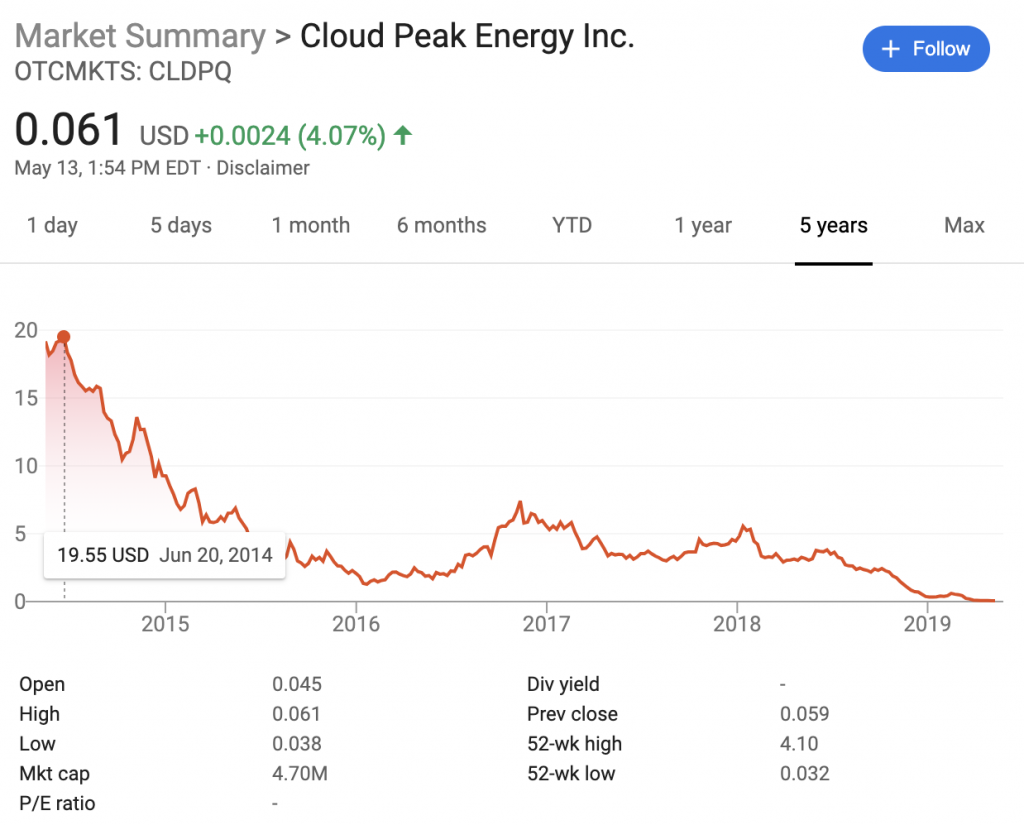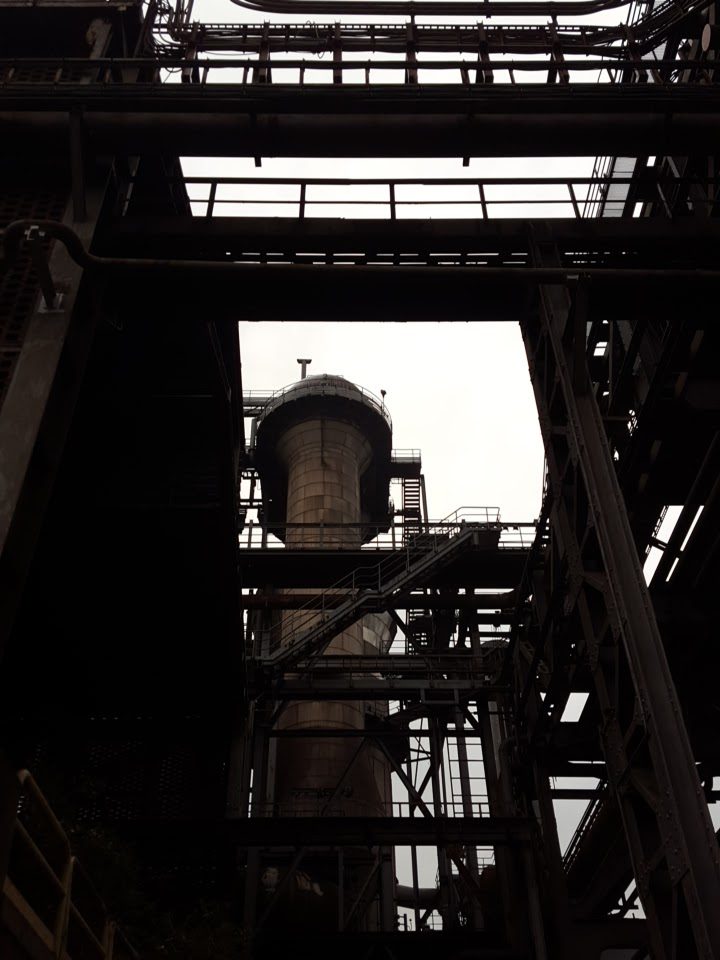The End Of Coal: A War Without Belligerents

News broke last week that coal producer Wyoming-based Cloud Peak Energy is filing for bankruptcy. Let’s face it: the future of the dirty power source hasn’t looked bright for a solid decade now. Marcellus Shale natural gas drilling through “fracking” went from virtually nonexistent in 2008, coming online at the peak of an oil bubble, to more than 18 billion cubic feet per day extracted last year. The meteoric rise of relatively novel extraction techniques in previously unexplored domestic geographies was accompanied by a president interested in ramping up restrictions on major carbon polluters.

Sure, those things weren’t good for coal.
But coal’s slow demise– its share of national power generation will soon dip below a quarter- is more a matter of obsolescence than The Big Bad Socialist Gubmint. (Fox News Contributor Daniel Turner apparently wasn’t tracking commodity prices and the connections between coal, natural gas, and the stock market crash in 2008.) It isn’t just Cloud Peak. Coal as a market segment has been struggling for years, and many experts have pointed out that it wasn’t even a growth industry without the Clean Power Plan. Decades prior, as Charles Herrick points out, a major impediment to eastern coal, was deregulation under Democratic President Jimmy Carter that allowed increased consumer choice in public utilities and increased competition from western mines, which were more efficient per ton. Environmental regulation under George H. W. Bush further limited emissions as a matter of curbing acid rain.

But, contrary to the Scotts Pruitt of the world, there isn’t any war on coal– not in the way oil industry interest groups want you to think, and certainly not in the way a traditional war has belligerents, just as there is no real war on cars. There are just alternatives. That’s how markets work– even Crain’s thinks so. Between the reforms of Carter and Bush, we’ve also seen plummeting prices-per-watt of solar power, and, over a decade since 2008, we’ve seen solar generation more than triple in generating capacity, natural gas increase by 50%, and coal decline. Solar is even growing in rural America where it pits traditionally conservative skepticism over climate change against the benefit of self-sufficiency.
What’s next for when we move on beyond dirty fossil fuel generation? As I follow with bated breath the proposed redevelopment of Detroit’s own Conner’s Creek site, I think back to my trip to the Duisburg-Nord park in Germany, a massive project to redevelop a former steel mill into an expansive, public park. DTE’s own solar farms in Detroit are unimpressive in their intentional isolation, gated off with massive, chain-link fences, and only gestural toward a renewable energy future within the company’s coal-chugging generation mix. But Detroit’s got enough space that there is plenty of opportunity to consider better contexts for future projects.
And in the mean time, we can always think about better investment opportunities than dirty rocks.

